21 Wild Animals in Ireland [Wildlife in Ireland]
Want to know more about wildlife in Ireland?
Discover 21 wild animals in Ireland in this post, as well as interesting facts about them. 🇮🇪
Learn All About Irish Animals
Ready to learn all about Irish animals?
I’ve always been fascinated by animals, and by how they can be so different from one country to another. In this guide, we’ll focus on the many animals Ireland has on the land, in the sky, and under water.
I’ve split the guide into 4 categories:
- Native animals from Ireland
- Endangered animals of Ireland
- What is the official animal of Ireland?
- How many animals native to Ireland?
Let’s dive in right away with our first category!
Native Animals from Ireland
Ireland is a European island country located in the northwestern part of the continent, in the North Atlantic Ocean. It is the twentieth-largest in the world and is famous for its ancient Gaelic culture. It is divided into the Republic of Ireland and Northern Ireland, is separated from Great Britain by the North Channel and the Irish Sea, and its capital and largest cities are respectively Dublin, which counts more than 554,000 inhabitants (but more than 1,904,000 if you include the metropolitan area), and Belfast, which has more than 341,000 inhabitants (and more than 671,000 if you include the metropolitan area).
An interesting part of the country that I wanted to tackle is its wildlife. In light of that, I have listed the best of it, and I hope you will love learning what animals live in Ireland.
Here’s the Ireland animals list.
1. Red fox
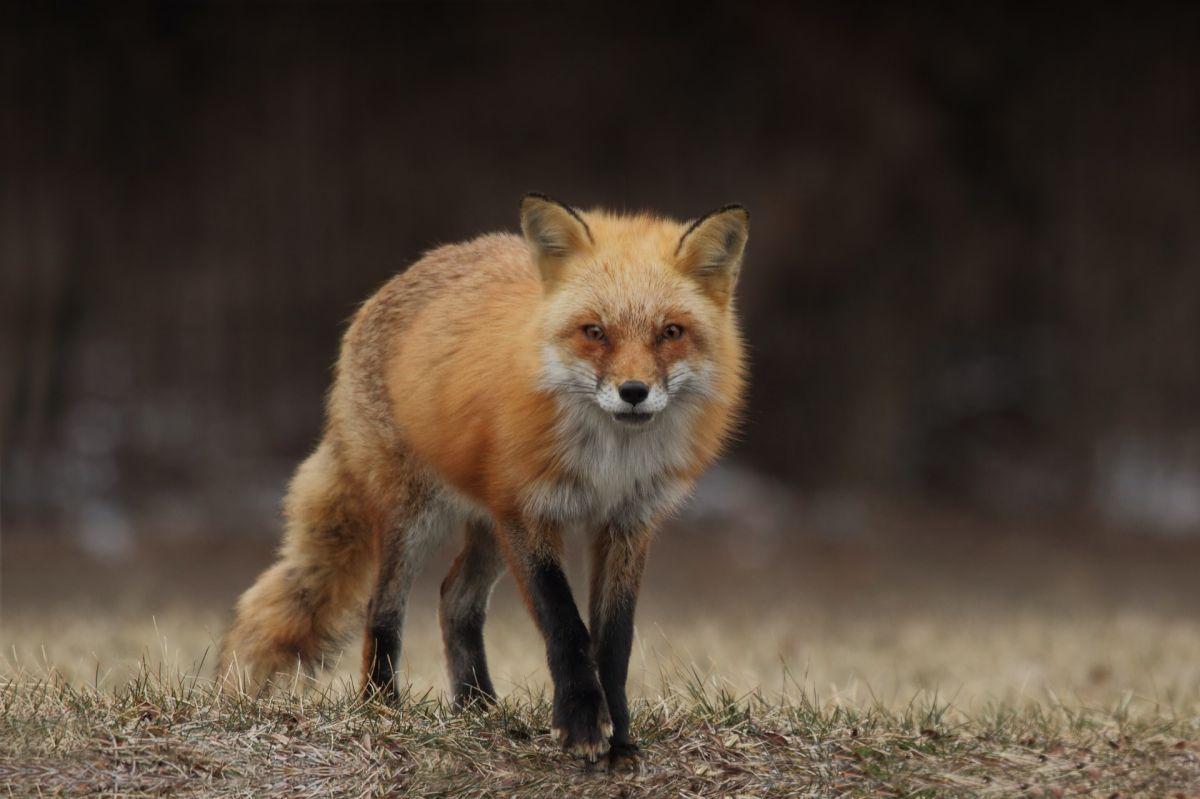
- Name: Red fox
- Scientific name: Vulpes vulpes
- Conservation status:
The red fox is the largest species of fox in the world, and one of the most successful species as well: spread across the entire Northern Hemisphere, with a range increasing alongside human expansion, it is highly versatile and can basically live in any habitat and feed on anything.
This species either lives in pairs or in small groups made of families. Its preferred prey are small rodents, but it also eats squirrels, birds, and rabbits.
2. Viviparous lizard
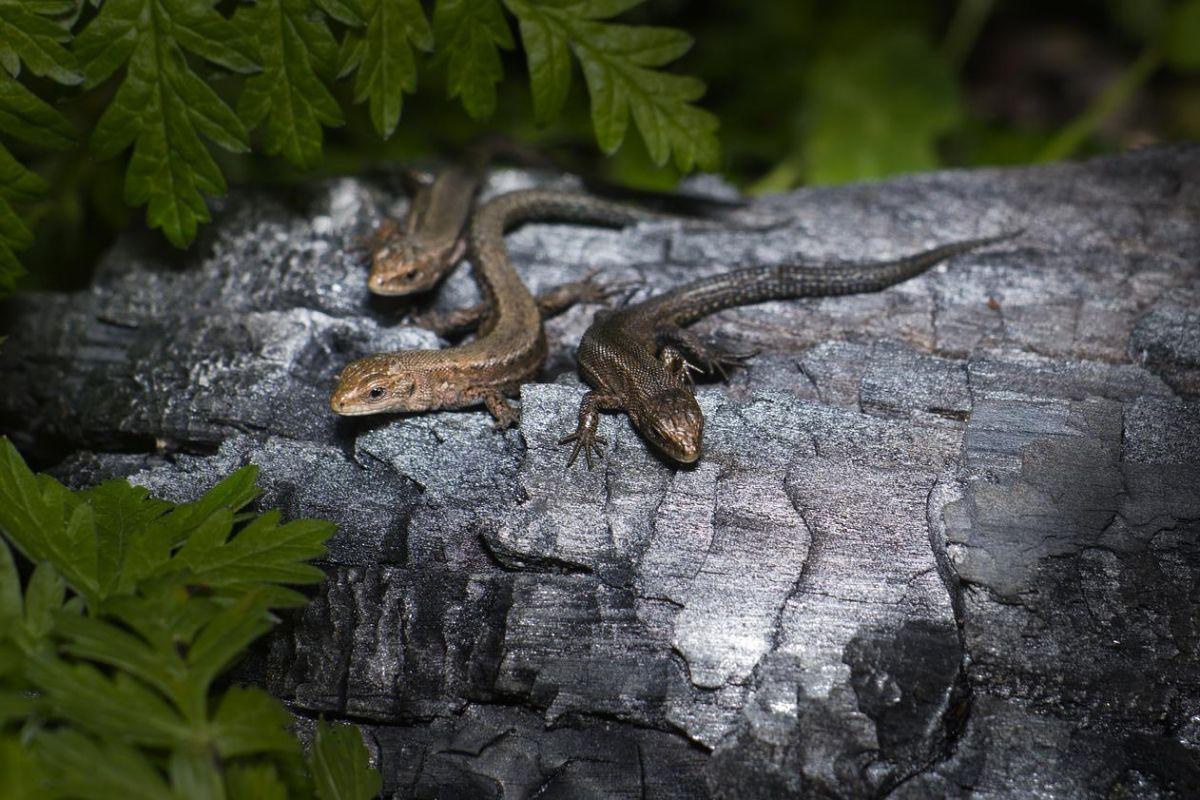
- Name: Viviparous lizard
- Scientific name: Zootoca vivipara
- Conservation status:
The viviparous lizard, also known as the common lizard, is the only species of reptile native to Ireland. It can be found in much of Eurasia, from the British Isles to eastern China and Russia.
It gets its name from the fact that it both lays eggs and gives birth to live young. Unlike most other reptiles, it is exclusively carnivorous and feeds on flies, insects, and spiders.
3. Leatherback sea turtle
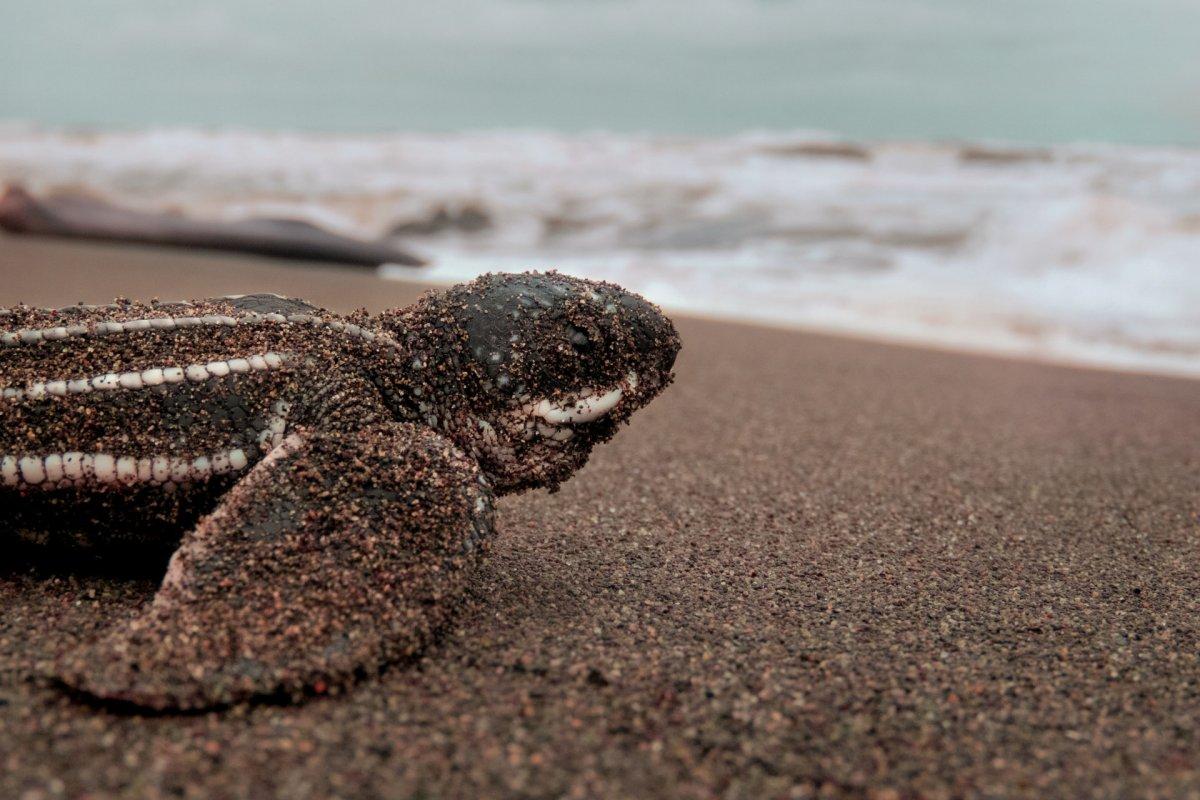
- Name: Leatherback sea turtle
- Scientific name: Dermochelys coriacea
- Conservation status:
The leatherback sea turtle, also known as the luth, the lute turtle, or the leathery turtle, is the largest species of turtle, and the heaviest non-crocodilian reptile, reaching weights of up to 600 kg / 1,322 lb!
This incredible animal can regularly be seen off the west coast of Ireland. It gets its name from its oily, flexible carapace, and mostly lives in the open ocean. It regularly travels tens of thousands of kilometers and spends the day following its preferred prey, the jellyfish.
4. Stoat
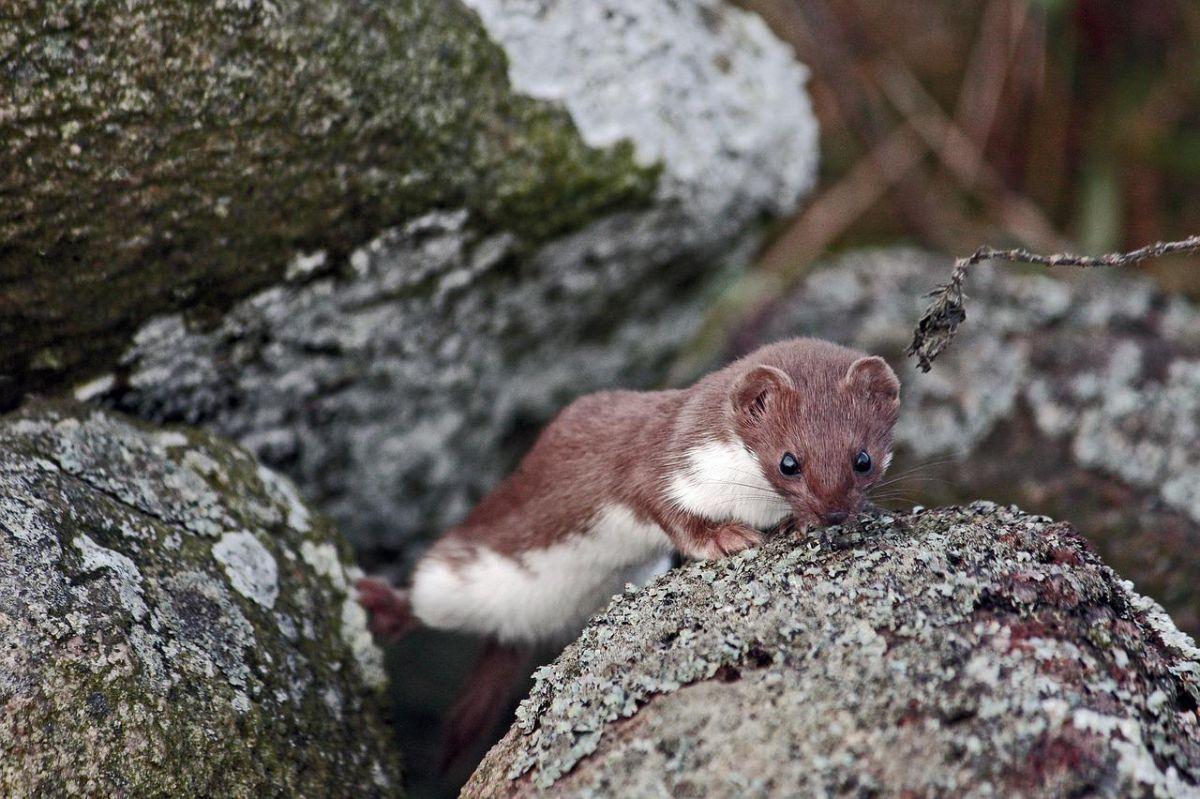
- Name: Stoat
- Scientific name: Mustela erminea
- Conservation status:
The stoat, also known as the short-tailed weasel, the Eurasian ermine, or the Beringian ermine, is a species of mustelid native to Eurasia and North America. Thanks to its wide, circumpolar distribution, it is considered of least concern.
The ermine has a long history of interaction with humans in Europe: throughout the 15th century, Catholic monarchs used its fur as a cape, and members of the UK House of Lords had ceremonial robes made of ermine.
5. Atlantic puffin
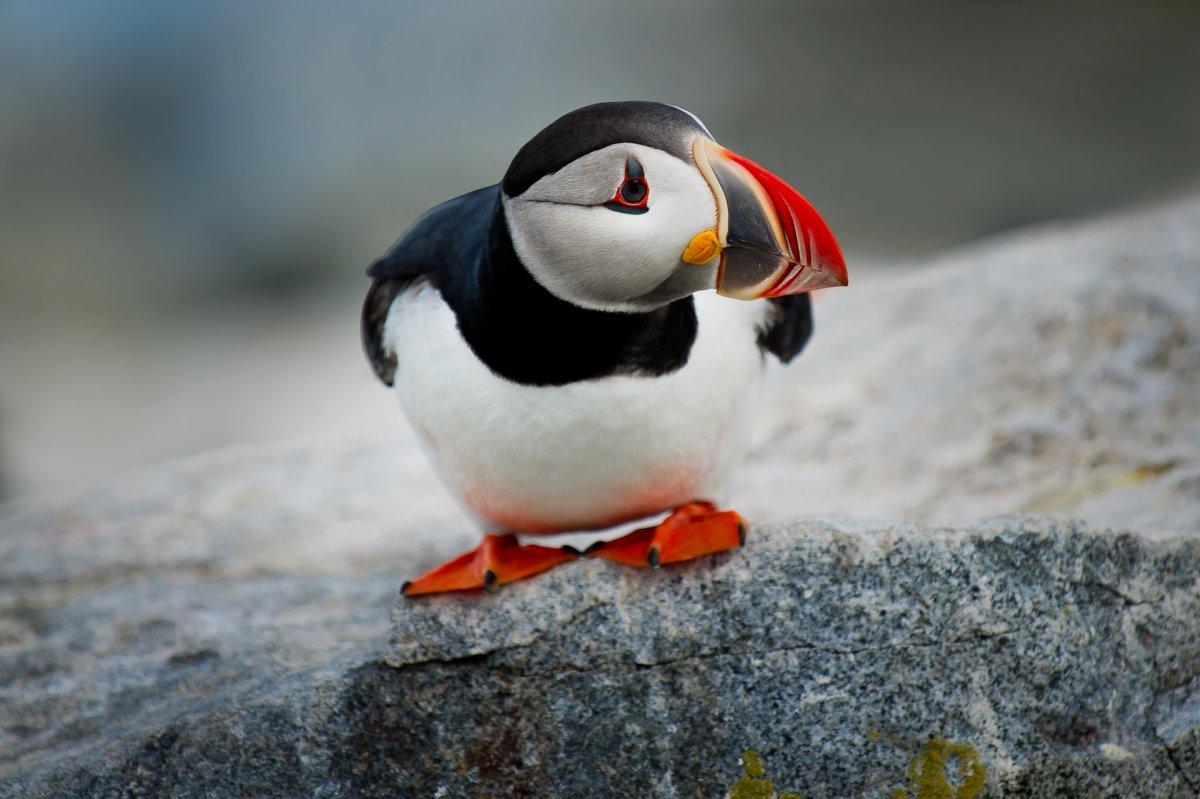
- Name: Atlantic puffin
- Scientific name: Fratercula arctica
- Conservation status:
The Atlantic puffin, also known as the common puffin, is a species of seabird native to the Atlantic Ocean. It inhabits the northernmost parts of the ocean and can be found in coastal areas of Ireland, Canada, Iceland, Norway, and Greenland, among others.
While colonies usually reside on islands without any terrestrial predator, they have to deal with gulls and skuas, who attack chicks and even adults, either to kill them or to steal their food.
6. White-tailed eagle
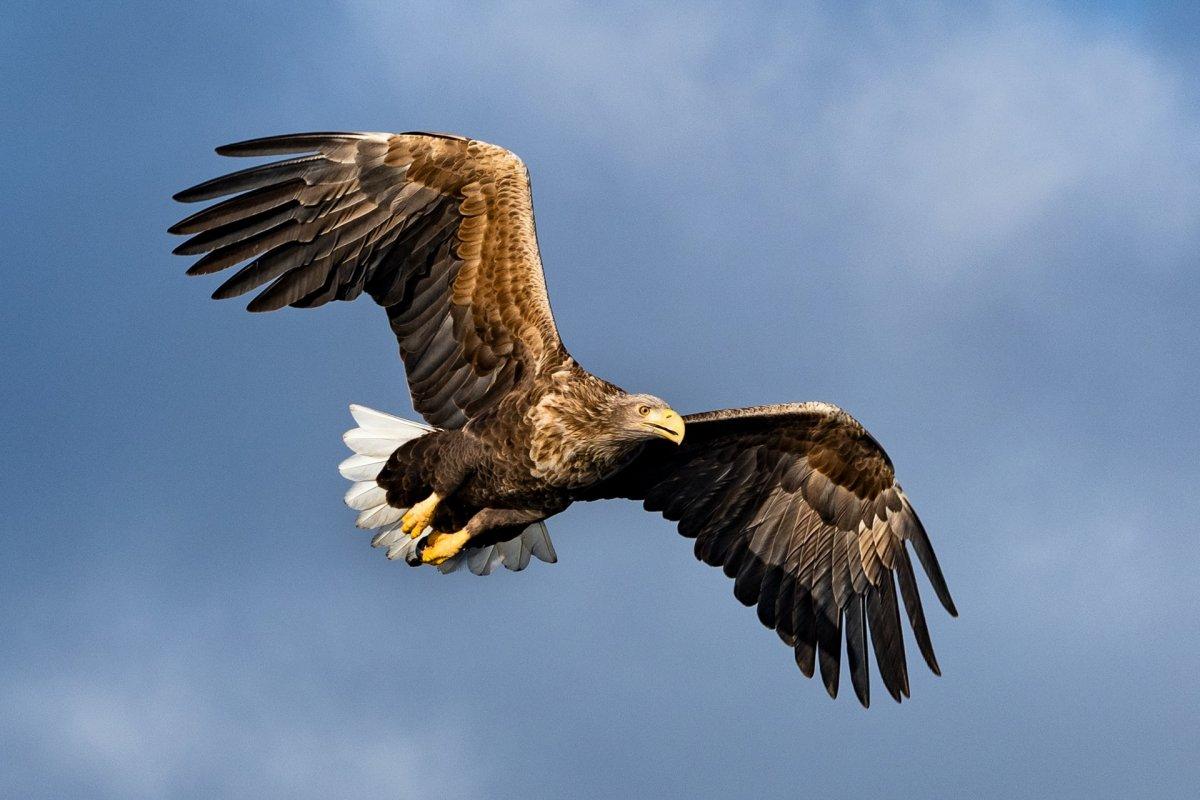
- Name: White-tailed eagle
- Scientific name: Haliaeetus albicilla
- Conservation status:
After a 200-year absence, the white-tailed eagle was finally reintroduced to Ireland in 2007. This very large species of sea eagle is present throughout most of temperate Eurasia; the biggest threats it is facing are pesticides, poisonings, persecution by humans, and habitat alteration.
This eagle stays near large bodies of water such as freshwater lakes and coastal saltwater areas and chooses old trees or large sea cliffs in order to nest.
7. Basking shark
- Name: Basking shark
- Scientific name: Cetorhinus maximus
- Conservation status:
The basking shark is truly a peculiar species. Being the second-largest shark and fish after the whale shark, it can reach up to 7.9 m / 26 ft in length and can be found in all the world’s temperate oceans.
This shark has historically been an important source for commercial fishing, for its fin, its liver oil, and its meat. However, due to overexploitation, it is now listed as endangered.
8. Irish elk
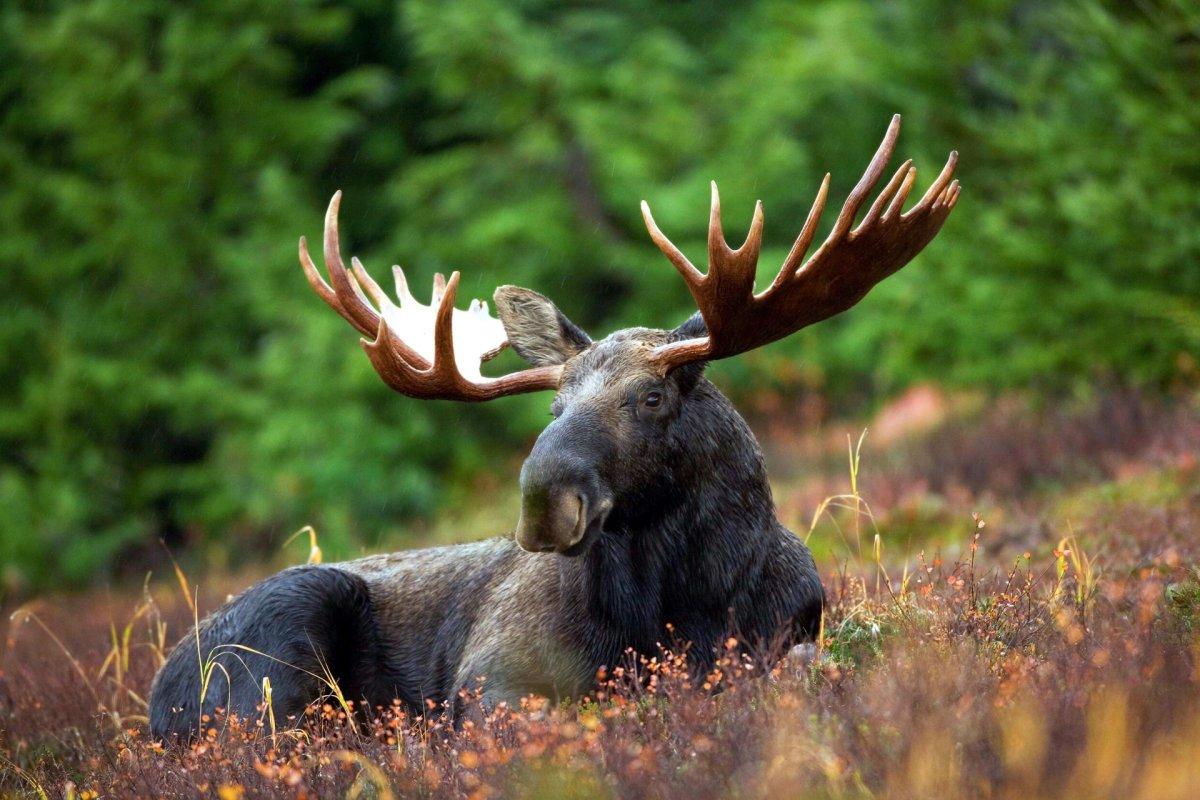
- Name: Irish elk
- Scientific name: Megaloceros giganteus
- Conservation status:
The Irish elk, also known as the Irish deer or the giant deder, was a species of deer native to Eurasia. It was one of the largest deers to ever exist, and its most recent remains date back to 7,700 years ago.
This species was named this way because many of the best-preserved fossils come from the island. It was particularly important in Europe, being depicted in many caves such as Chauvet Cave and Lascaux.
9. Red-necked wallaby
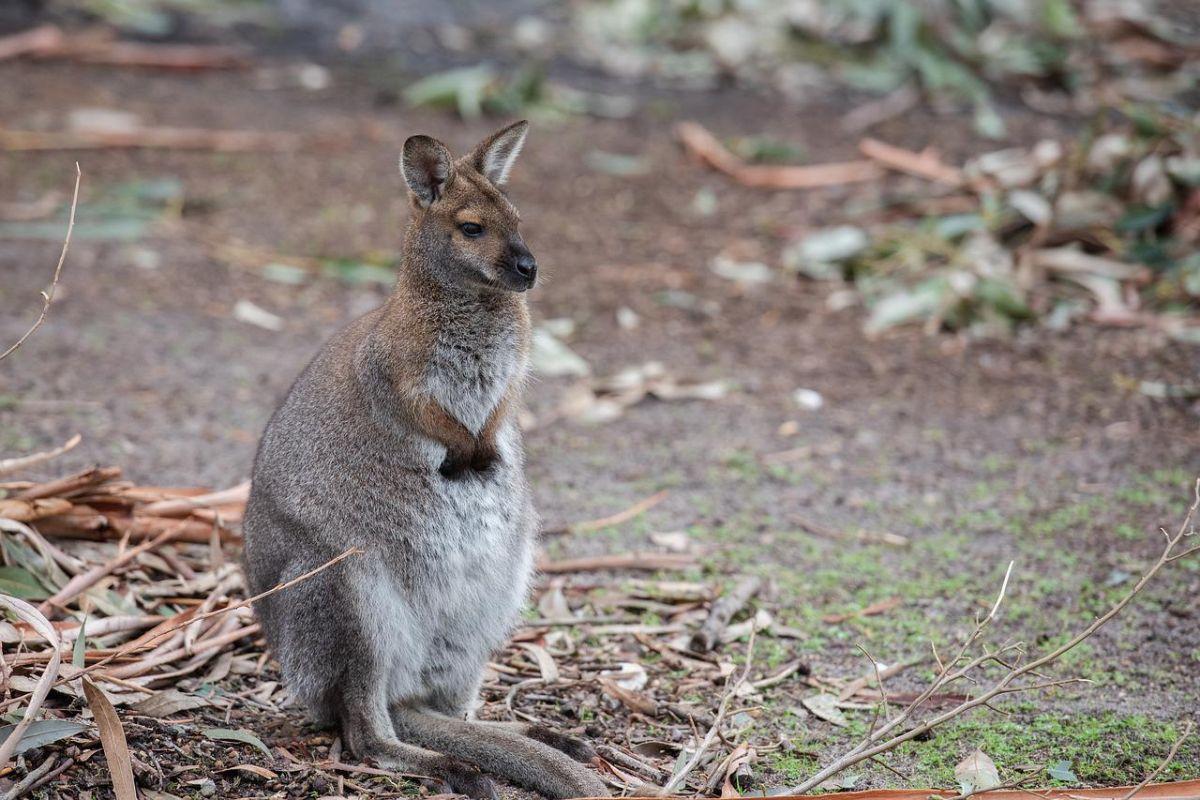
- Name: Red-necked wallaby
- Scientific name: Notamacropus rufogriseus
- Conservation status:
The red-necked wallaby, also known as Bennett’s wallaby, is a medium-sized species of marsupial native to the temperate and fertile areas of eastern Australia, as well as Tasmania. And well, although they live in a small area in Ireland (Lambay Island), there are indeed wallabies in the country!
This animal is mostly solitary, but will occasionally gather together when there is a lot of food, shelter, or water.
10. North Atlantic right whale
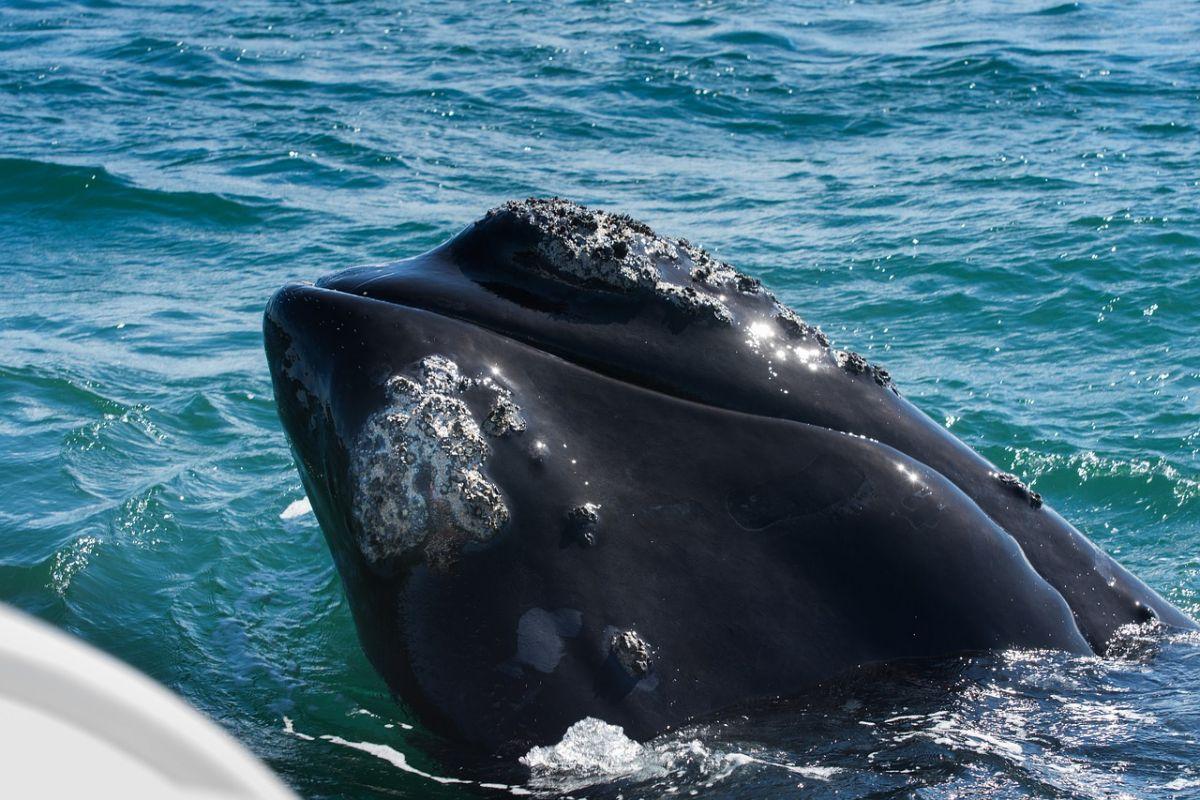
- Name: North Atlantic right whale
- Scientific name: Eubalaena glacialis
- Conservation status:
The North Atlantic right whale is a species of baleen whale native to the northernmost parts of the Atlantic Ocean, as its name implies.
This whale is seriously threatened by humans: due to its slow surface feeding behavior, its high blubber content (which makes it float when killed), its preference for coastal areas, and its docile nature, it was one of the main targets of the whaling industry and is on the brink of extinction because of that.
11. Eurasian otter
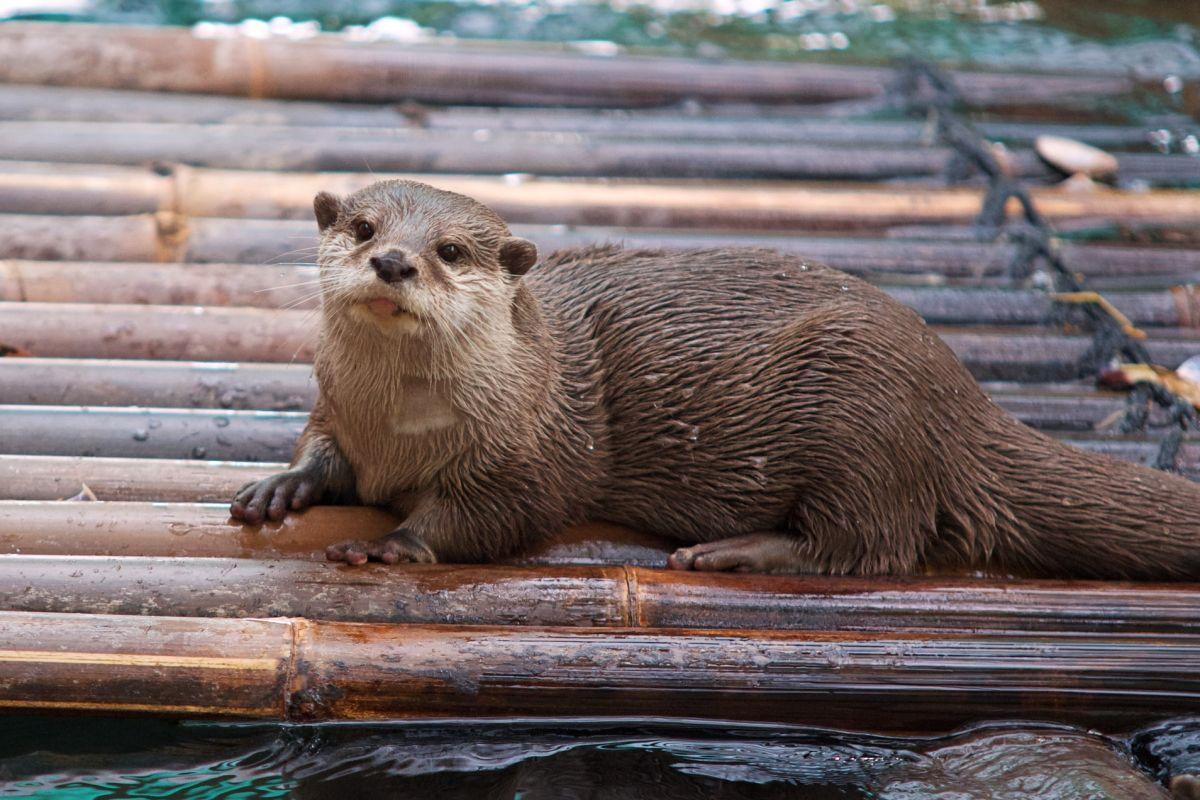
- Name: Eurasian otter
- Scientific name: Lutra lutra
- Conservation status:
The Eurasian otter, also known as the Old World otter, the European river otter, or the common otter, is a species of semi-aquatic mammal native to much of Eurasia, the Indian subcontinent, and Indonesia.
It lives in waterways and coasts, and mostly feeds on fish. This animal is strongly territorial, and fights between otters are not uncommon. Besides, it is more or less endangered depending on the area but is as a whole near threatened.
12. Hooded seal
- Name: Hooded seal
- Scientific name: Cystophora cristata
- Conservation status:
The hooded seal is a large species of phocid native to central and western North Atlantic. It has black spots all over its body and is usually silver, gray, or white. This seal is named after its unique sexual ornament: an inflatable septum on the head of the adult male, that hangs between the eyes when deflated!
This seal mostly feeds on crustaceans, fish, and krill, but occasionally eats mussels, sea stars, and squids.
13. Reeves’s muntjac
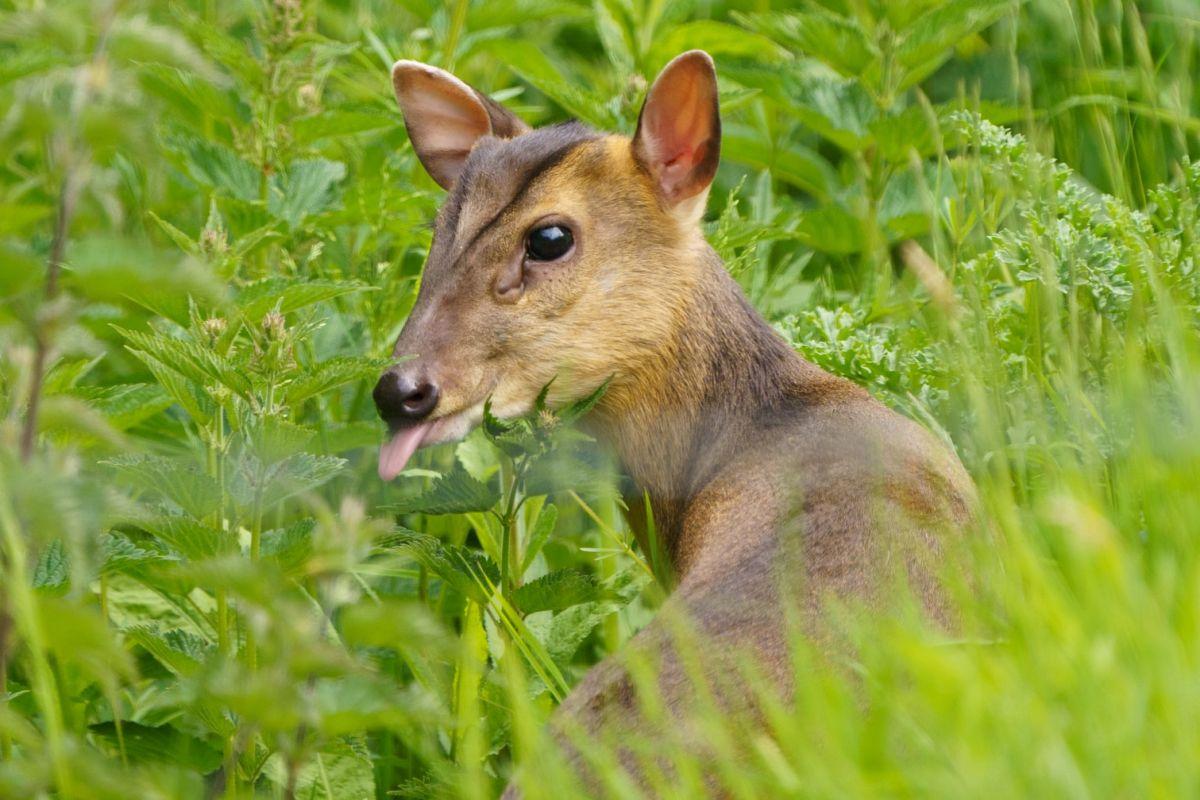
- Name: Reeves’s muntjac
- Scientific name: Muntiacus reevesi
- Conservation status:
Reeves’s muntjac, also known as the Chinese muntjac, is a species of deer native to China and Thailand; it was introduced to the United Kingdom, Ireland, Japan, Belgium, and the Netherlands, and was named after the naturalist John Reeves.
This deer is also known as the barking deer because of its unusual barking sound, but this name is also used for other muntjac species. It is illegal to import, breed, or commercialize Reeves’s muntjac within the European Union, as it is considered an invasive species.
14. Walrus
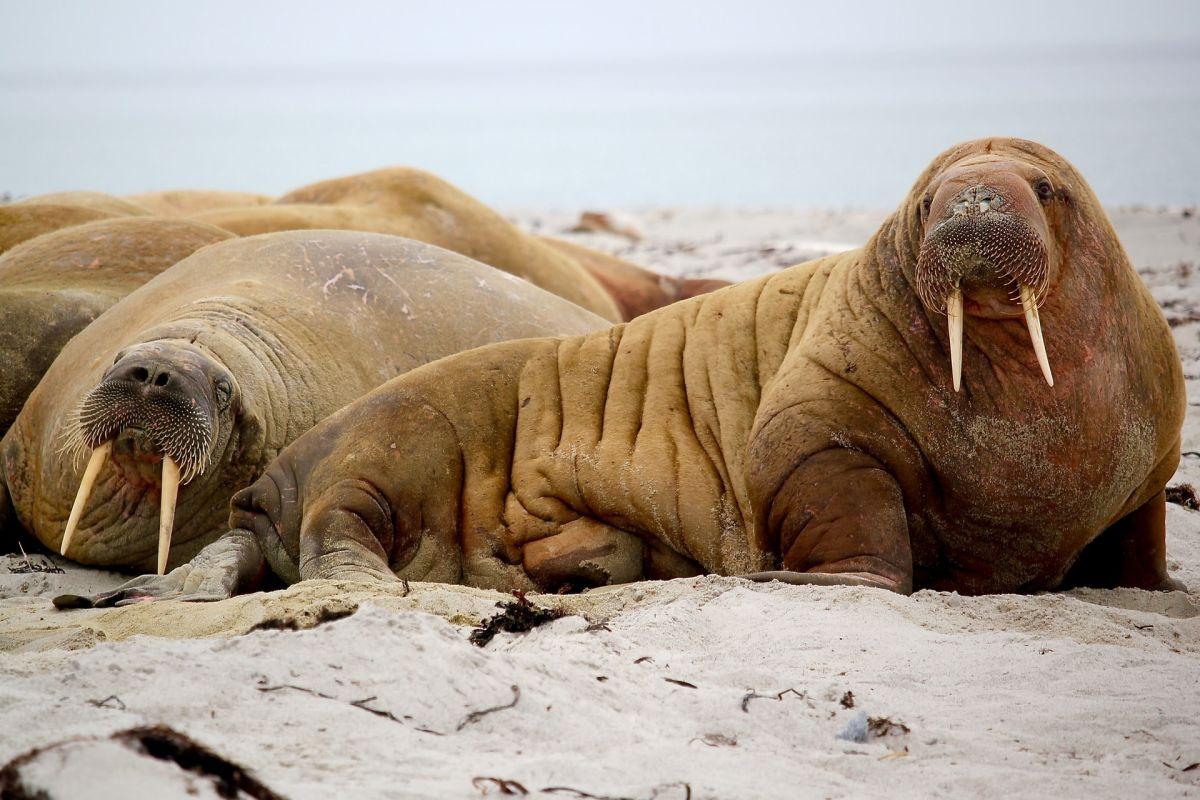
- Name: Walrus
- Scientific name: Odobenus rosmarus
- Conservation status:
The walrus is a large species of marine mammal native to the Arctic parts of the Northern Hemisphere and was reported as a vagrant in Iceland and in Ireland.
It has characteristic tusks and whiskers, and can weigh more than 2,000 kg / 4,400 lb! It lives in shallow waters and spends most of its life on the sea ice, looking for mollusks to feed on. Its global population seriously dropped throughout the 19th century due to hunting.
15. American mink
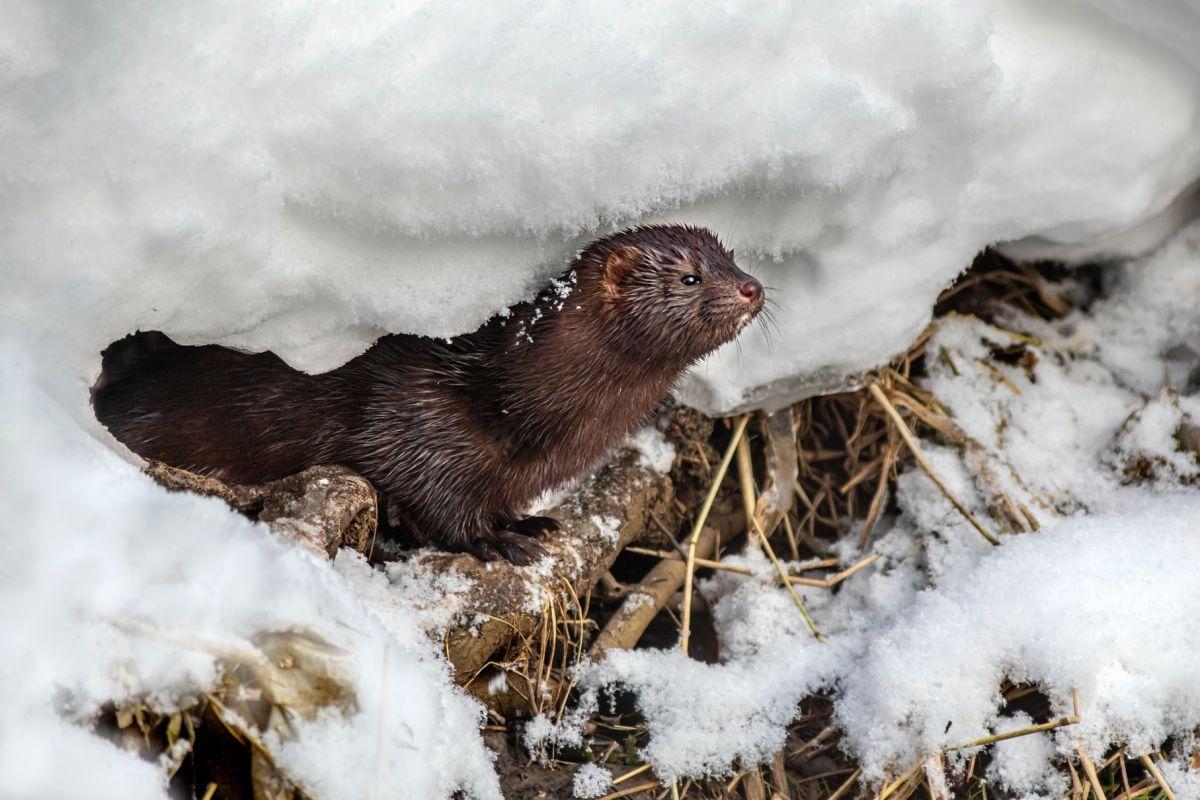
- Name: American mink
- Scientific name: Neogale vison
- Conservation status:
The American mink is a semi-aquatic species of mustelid native to North America; however, it was introduced to many countries in Europe, South America, and Asia, and now has an extremely wide range, for which it is listed as least concern.
This mink is a carnivorous species that feeds on fish, frogs, rodents, birds, and crustaceans, and it is considered an invasive species in parts of Europe, as it played an important role in the decline of the water vole, European mink, and Pyrenean desman populations.
16. Red deer
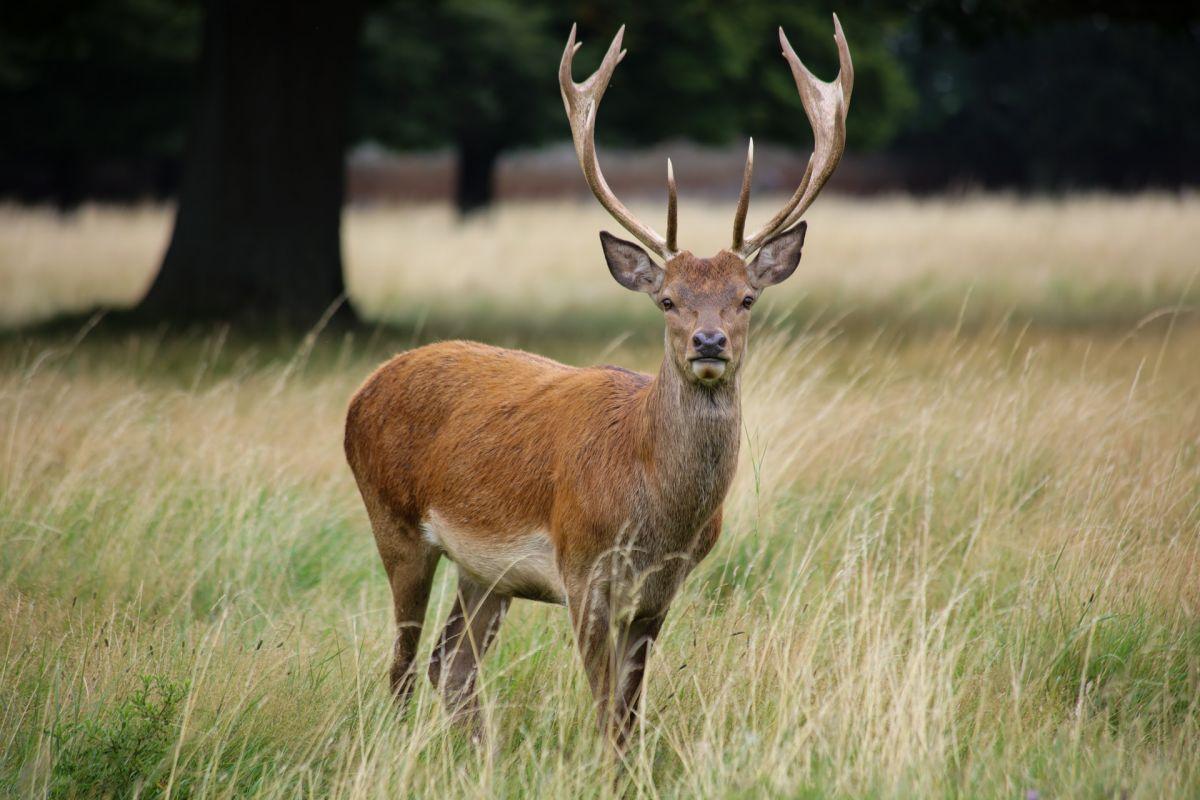
- Name: Red deer
- Scientific name: Cervus elaphus
- Conservation status:
The red deer is one of the largest species of deers, and one of the most common and widespread animals in all of Europe. It is a ruminant that used to be rare in some areas of the continent but never came close to extinction.
This deer species has had a special place in folklore and art, being depicted in cave art and hunted for its tasty meat and its decorative antlers; besides, it is a symbol of nobility and pride.
17. Black guillemot
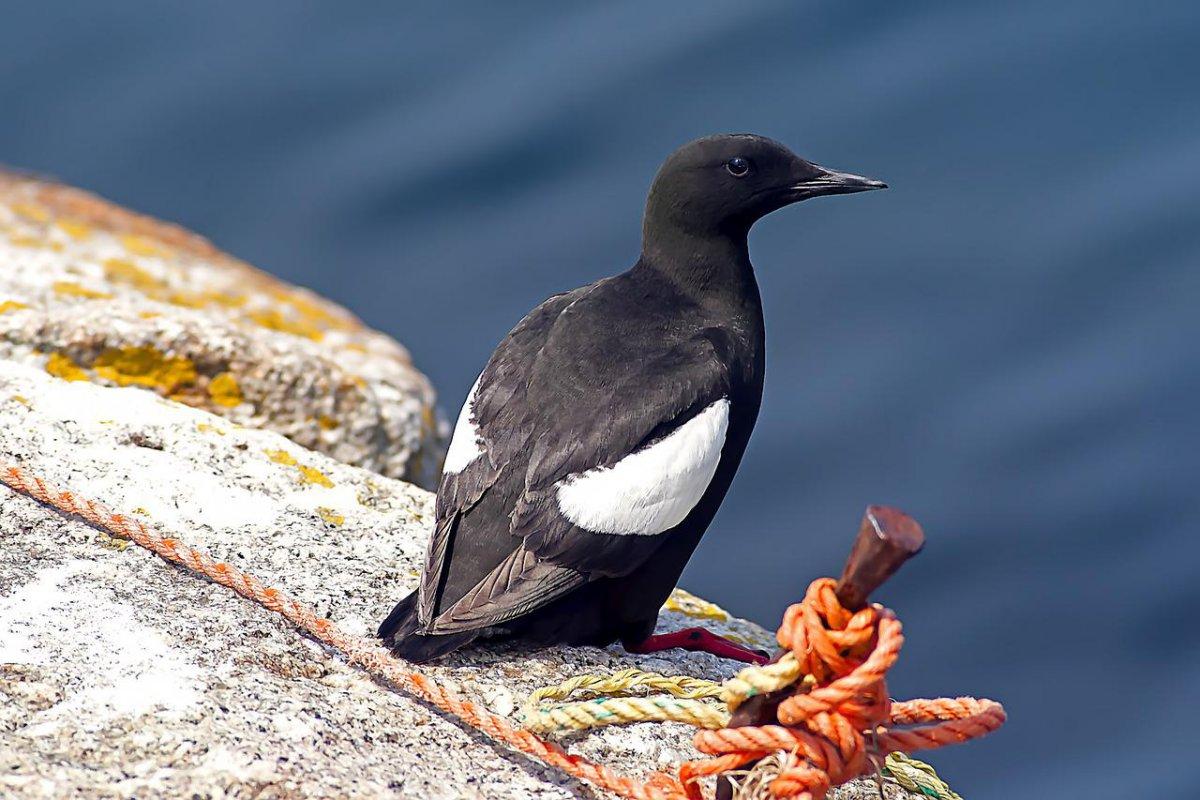
- Name: Black guillemot
- Scientific name: Cepphus grylle
- Conservation status:
The black guillemot, also known as the tystie, is a species of seabird native to the northern Atlantic, in both Europe and North America. While it is resident throughout most of its range, some large populations in the northernmost areas of its range migrate to the south during the winter.
This bird has black and white plumage, and can usually be seen either in solitary pairs or within small groups.
18. European shag
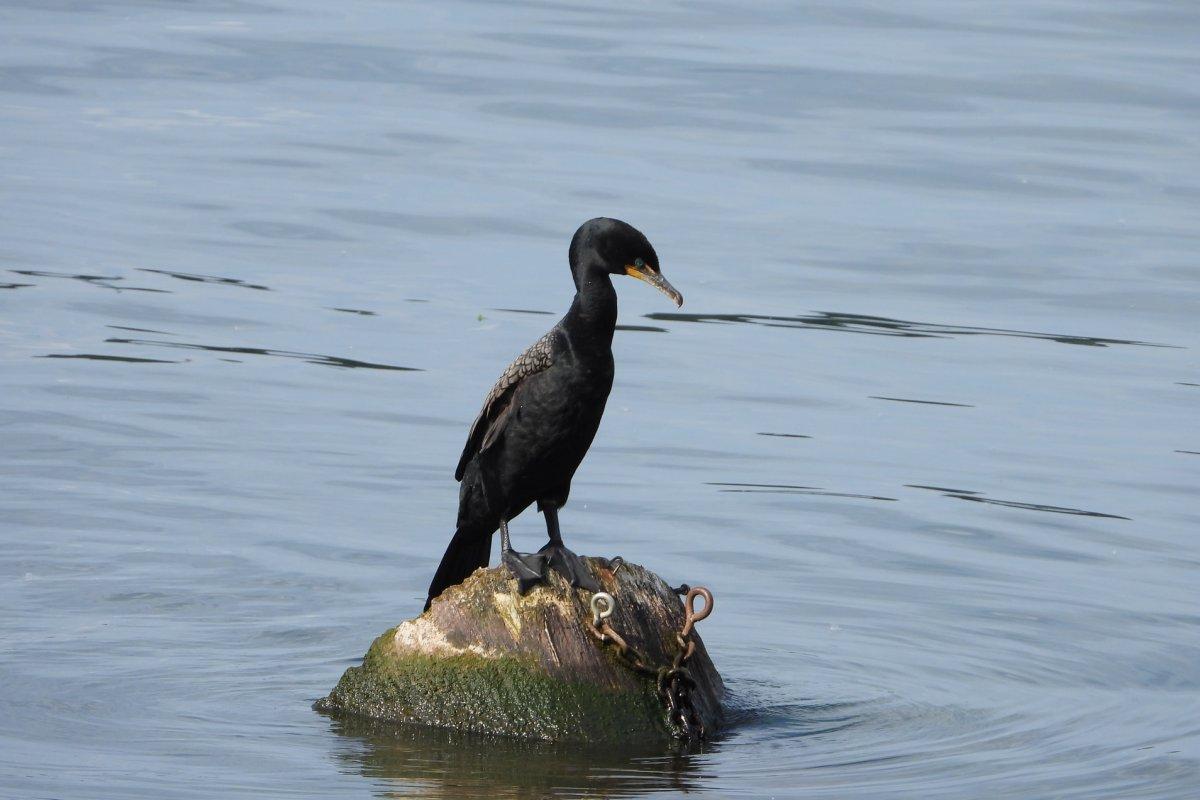
- Name: European shag
- Scientific name: Gulosus aristotelis
- Conservation status:
The European shag, also known as the common shag, is a species of cormorant that can be found pretty easily around the coasts of Ireland. It is a diving seabird that mostly feeds on fish, and that regularly competes with local fisheries.
The shag is a medium to large black bird with a long tail, and it is smaller and lighter than its close relative, the great cormorant.
19. European rabbit
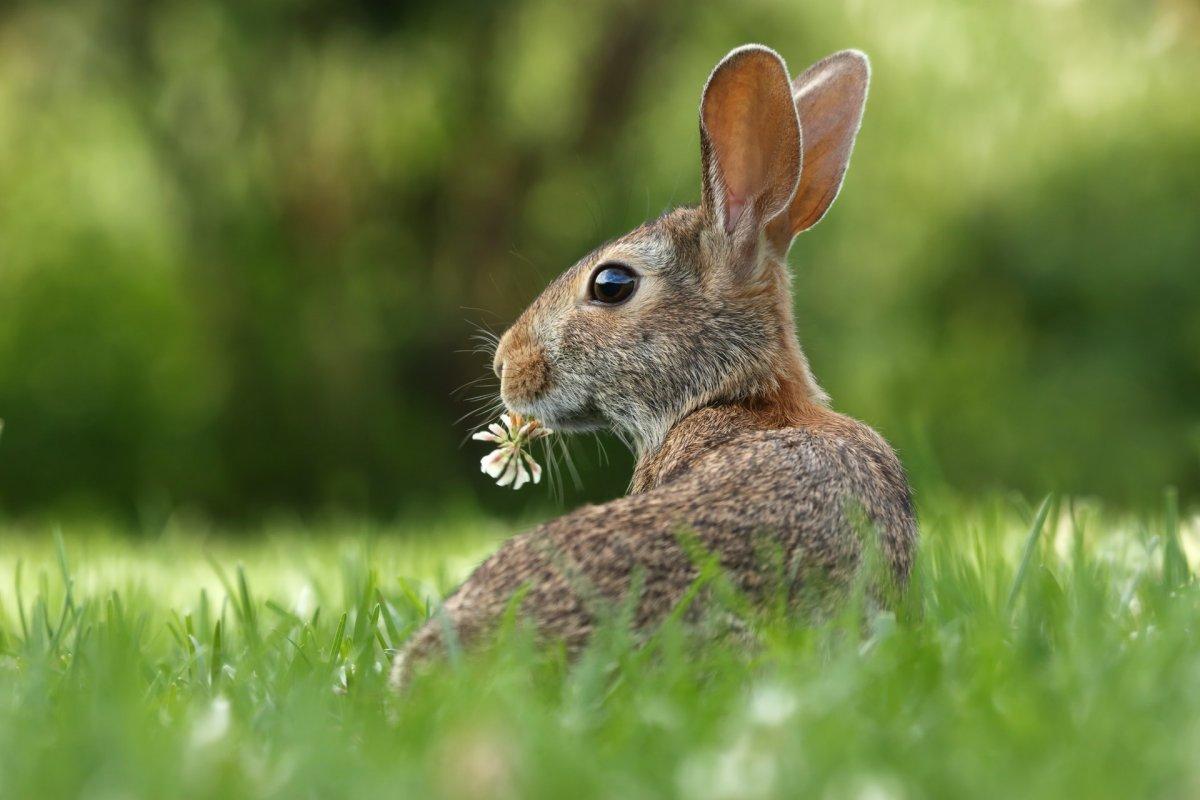
- Name: European rabbit
- Scientific name: Oryctolagus cuniculus
- Conservation status:
The European rabbit, also known as the coney, is a species of rabbit native to southwestern Europe and northwestern Africa. Over the centuries, it has been introduced to most of Europe, as well as parts of South America and Australia, where it is considered a dangerous invasive species that wreak havoc on local biodiversity.
This rabbit is famous for digging networks of burrows, where it spends most of its time. Its main predators are foxes, wolves, dogs, and lynxes, and it can frequently carry diseases.
20. Harbor porpoise
- Name: Harbor porpoise
- Scientific name: Phocoena phocoena
- Conservation status:
The harbor porpoise is a species of porpoise, and one of the smallest cetaceans in the world. It is native to coastal areas and river estuaries of the Northern Hemisphere and is, therefore, one of the favorite targets of whale watchers.
There are at least 700,000 mature harbor porpoises in the wild, but it is more or less threatened depending on the area: while it is listed as vulnerable in Europe, it is globally assessed as least concern.
21. Griffon vulture
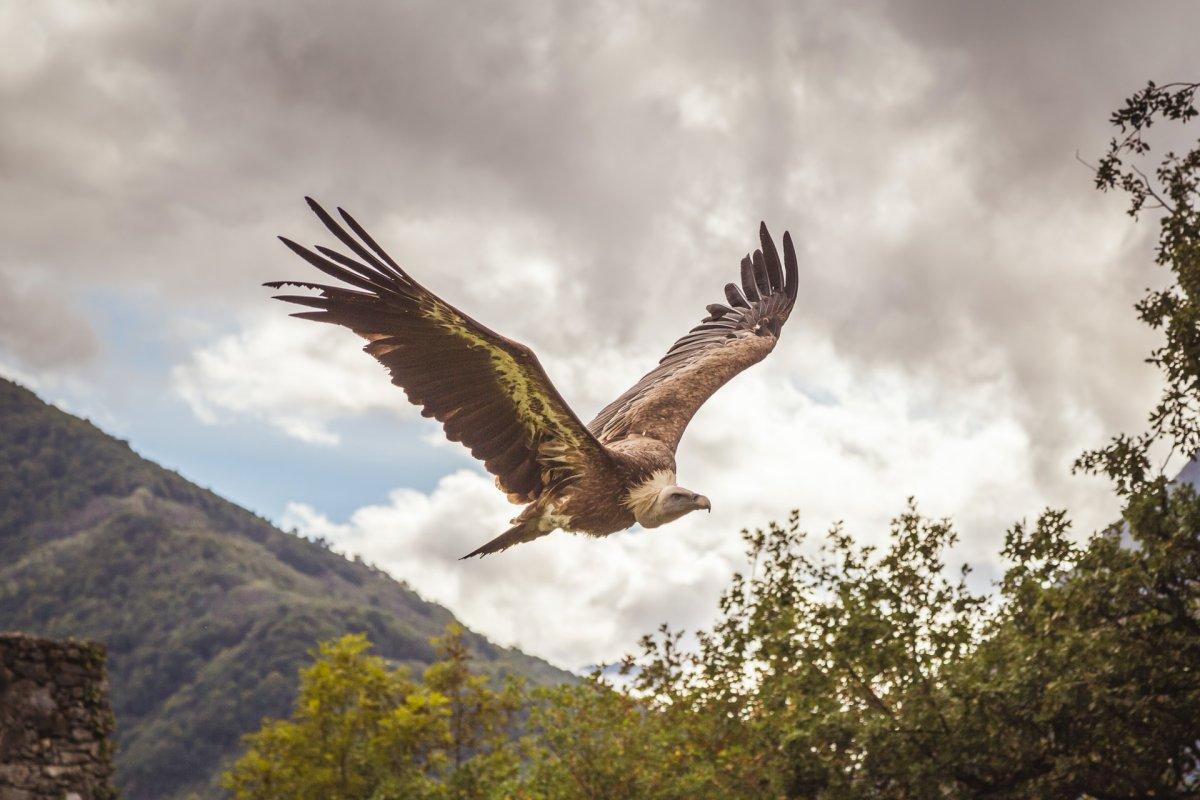
- Name: Griffon vulture
- Scientific name: Gyps fulvus
- Conservation status:
The griffon vulture, also known as the Eurasian griffon, is a large species of Old World vulture native to Europe, Asia, and the Middle East. It has a maximum lifespan of 41 years in captivity.
Similar to other vultures, it is a scavenger that feeds on animal carcasses that it finds by soaring over the area. Mostly living in warm regions, it is a rare visitor in Ireland, and it can form loose colonies.
—
So there you have them, these were my 21 Ireland wild animals. I hope you enjoyed this list and that you learned something new today.
In case you want to learn more about animals in the country, feel free to keep reading, as I still have lots of things to tell you about:
Endangered Animals of Ireland
This is definitely the saddest part of the list, but it is very important to raise awareness. Because of this, let’s go through the list of endangered animals in Ireland.
Here are the animals in danger of extinction in Ireland.
- Great auk
- Irish elk
- Eurasian lynx (locally extinct)
- Gray whale (locally extinct)
- Wildcat (locally extinct)
- Kemp’s ridley
- North Atlantic right whale
- Common blue skate
- Angelshark
- Balearic shearwater
- and 11 more…
- Blue whale
- Angular roughshark
- Sei whale
- Shortfin mako
- Leafscale gulper shark
- and 7 more…
To see the full list of endangered species in Ireland, head over to the International Union for Conservation of Nature’s Red List.
What is the National Animal of Ireland?
The national animal of Ireland is the Irish hare.
While Ireland has a national dog breed (the Irish wolfhound) and a national bird (the northern lapwing), the national land mammal isn’t quite clear. However, the Irish hare is definitely what comes closest to it, alongside the red deer and the extinct Irish elk.
The Irish hare, widely known as the mountain hare, is a species of hare distributed throughout much of Eurasia, from Ireland to northeastern Russia. Its habitat, diet, and fur greatly vary depending on the individual.
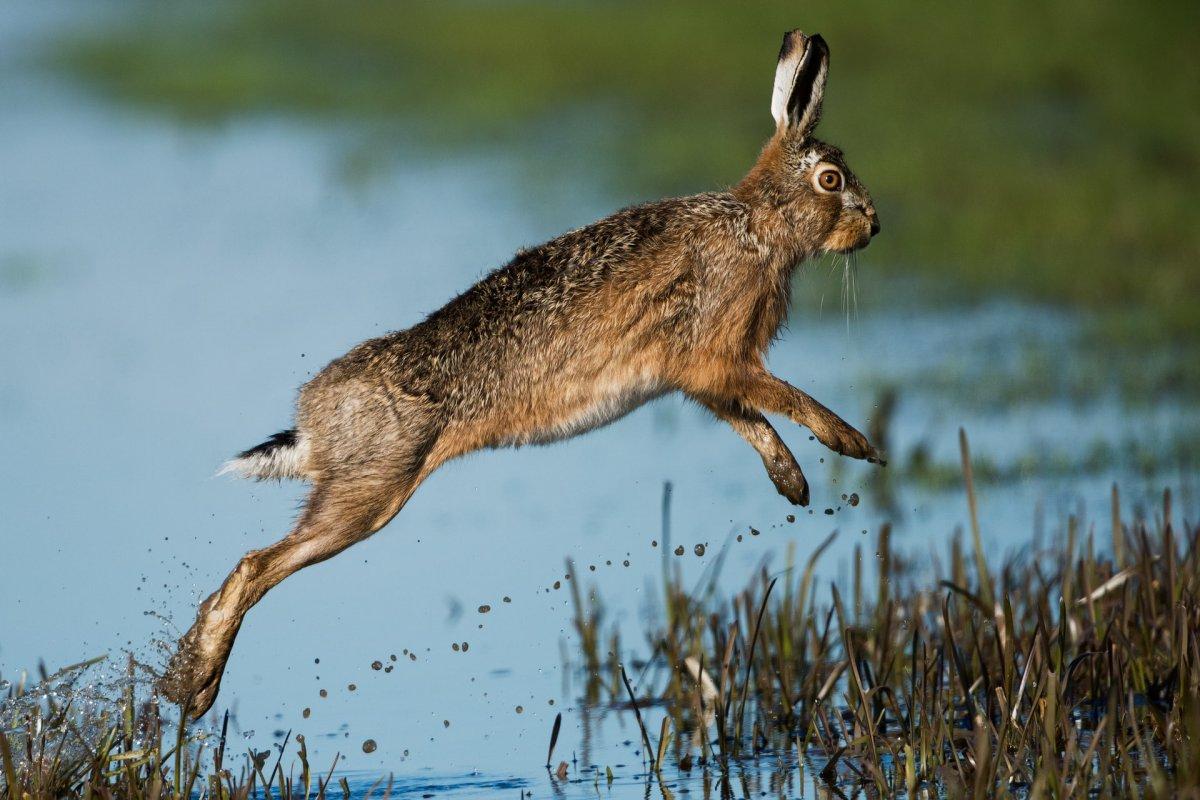
How Many Animals Native to Ireland?
What is the diversity of native animals in Ireland?
Let’s look at the total number of species of Chordata (mammals, birds, fishes, and reptiles).
Total number of animal species in Ireland: 958 (3,149 in total in Europe)
More About Animals in the World!
Loved these Ireland wildlife facts? Want to see what animals live in other countries?
Then check out these posts:
Or click here to see ALL the facts up on the blog! Spoiler alert: there’s A LOT of them.
Share the knowledge! Click on the buttons below to share information about these irish native animals with your friends, and help them learn more about the world 🙂
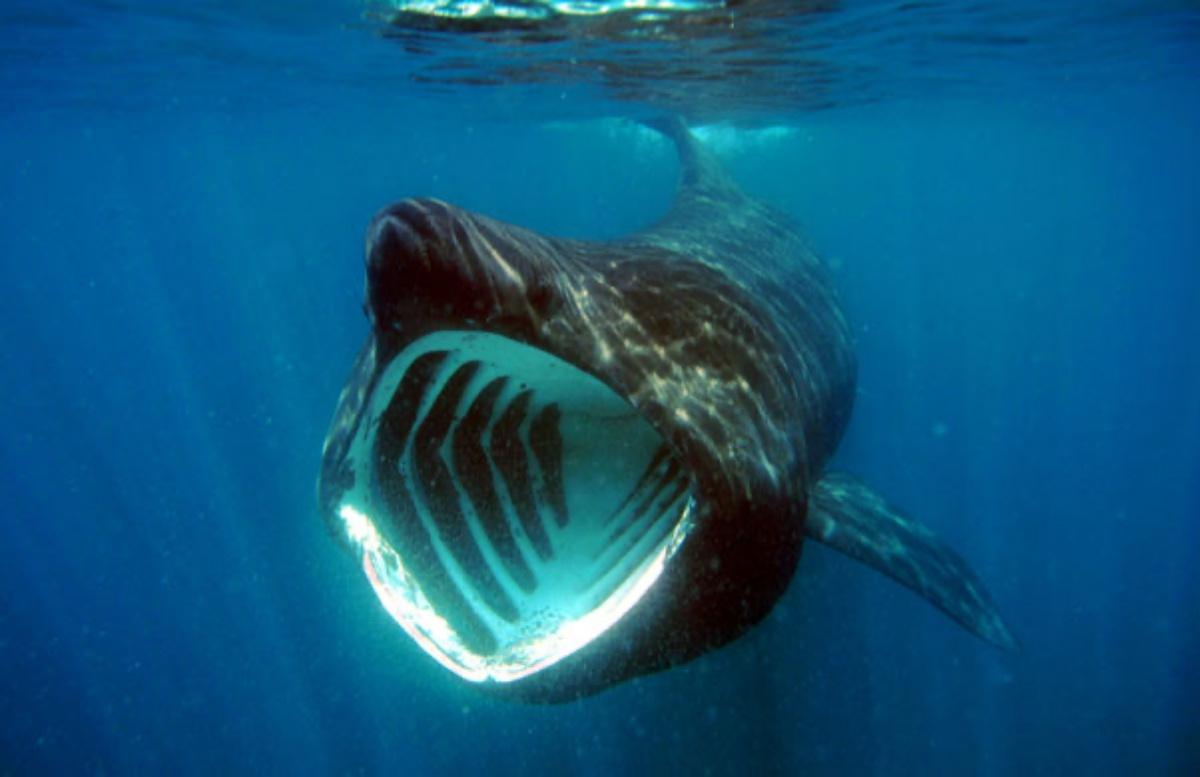
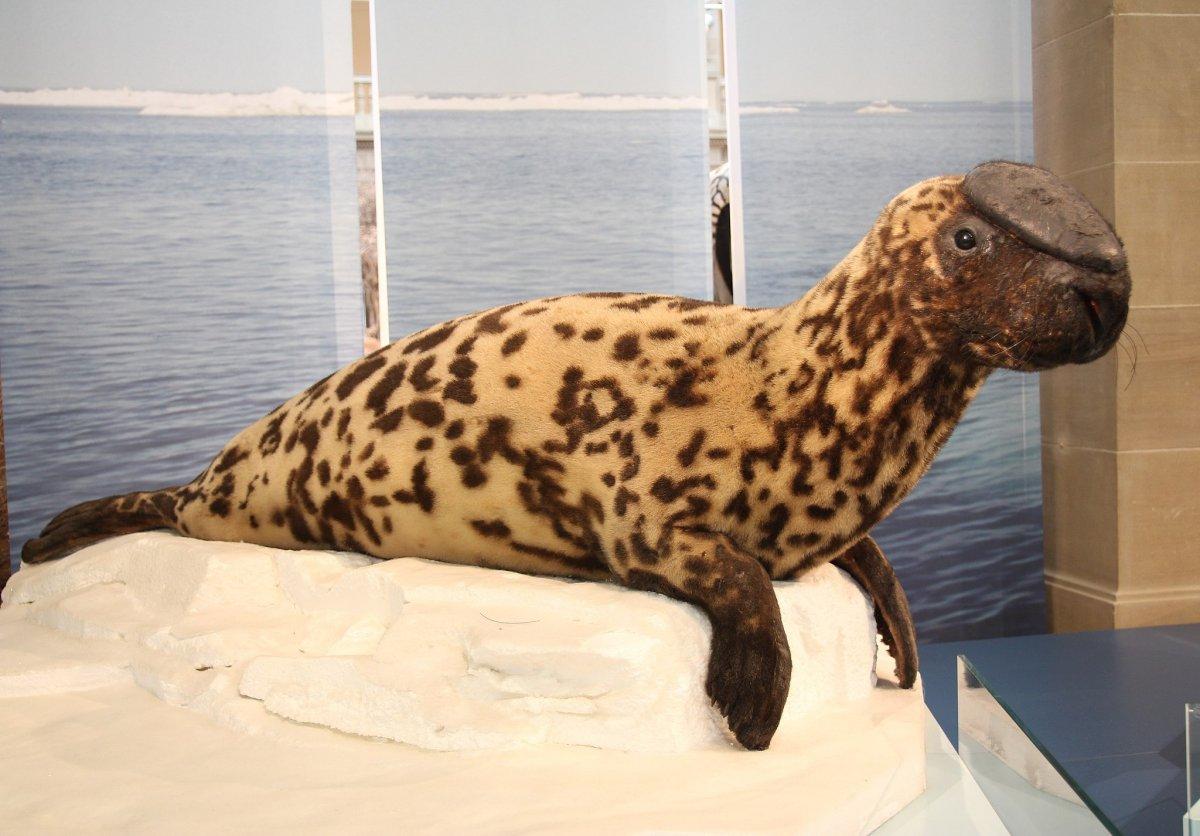
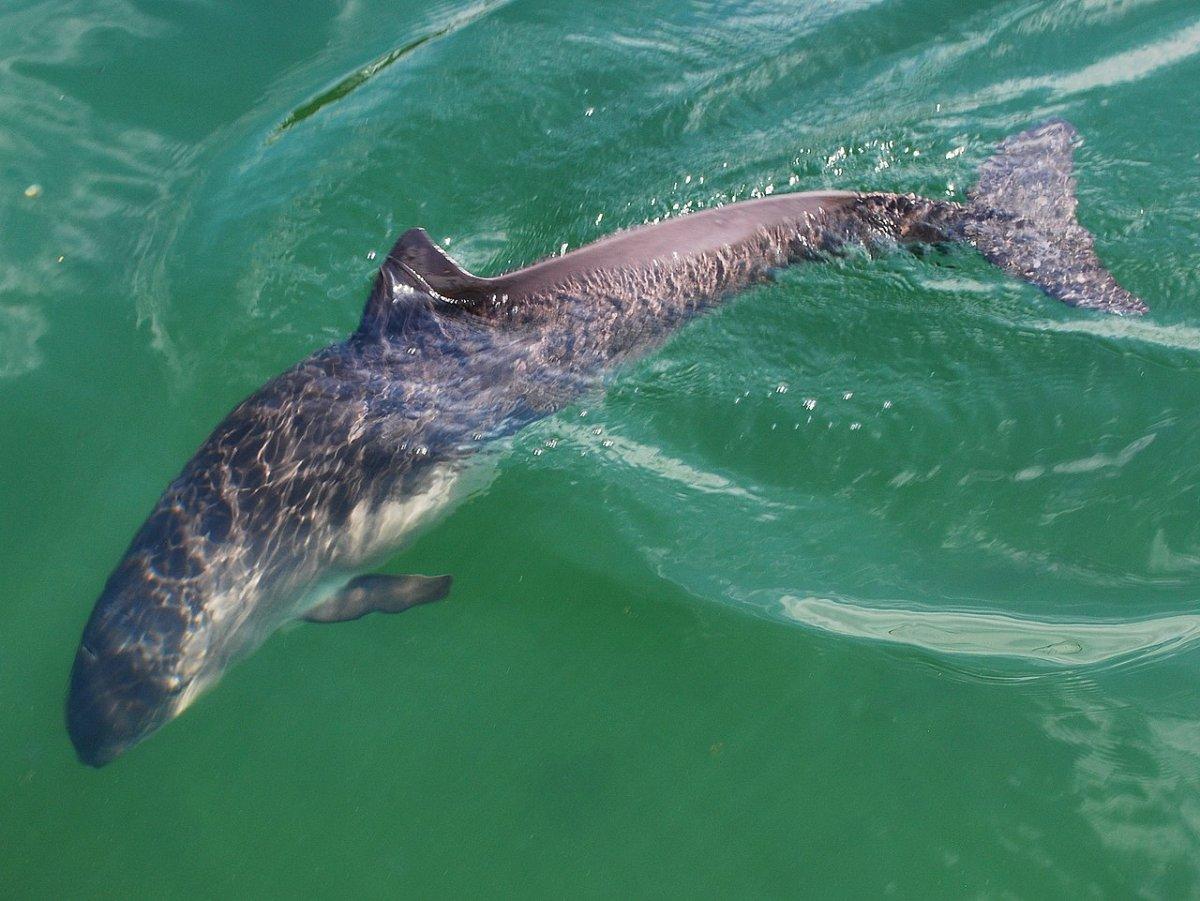

![16 Wild Animals in Haiti [Wildlife in Haiti]](https://www.kevmrc.com/wp-content/uploads/2022/08/16-wild-animals-in-haiti.jpg)
![15 Wild Animals in Macedonia [Wildlife in Macedonia]](https://www.kevmrc.com/wp-content/uploads/2022/06/15-wild-animals-in-macedonia.jpg)
![14 Wild Animals in Cameroon [Wildlife in Cameroon]](https://www.kevmrc.com/wp-content/uploads/2022/12/14-wild-animals-in-cameroon.jpg)